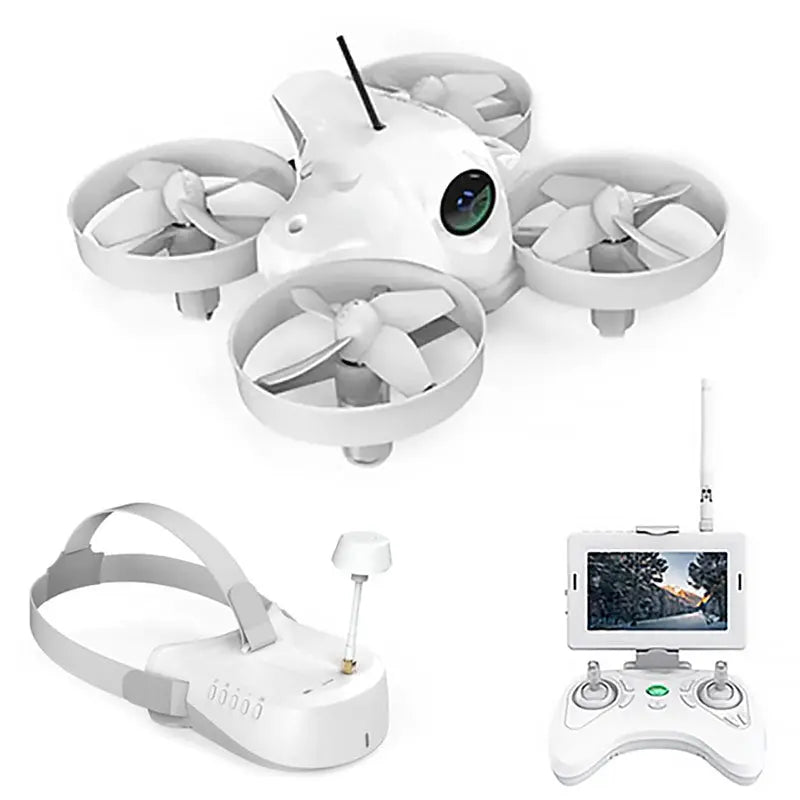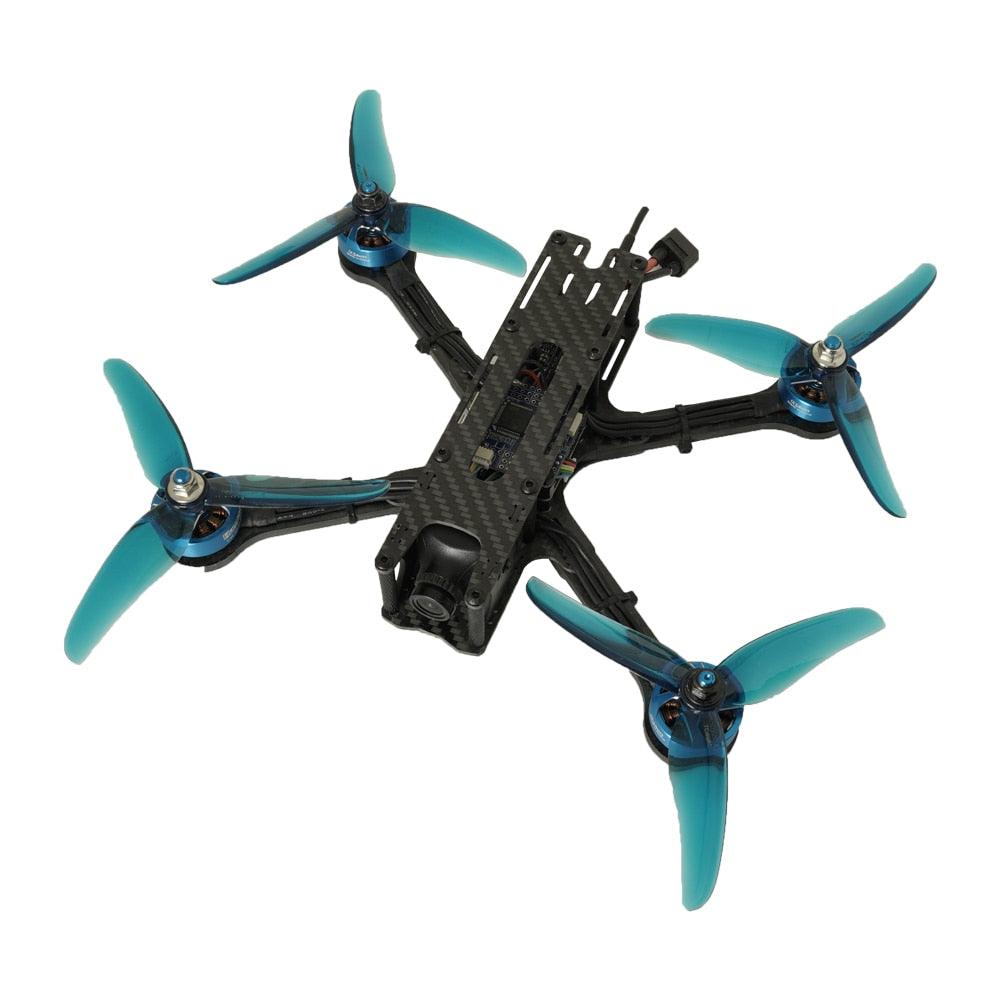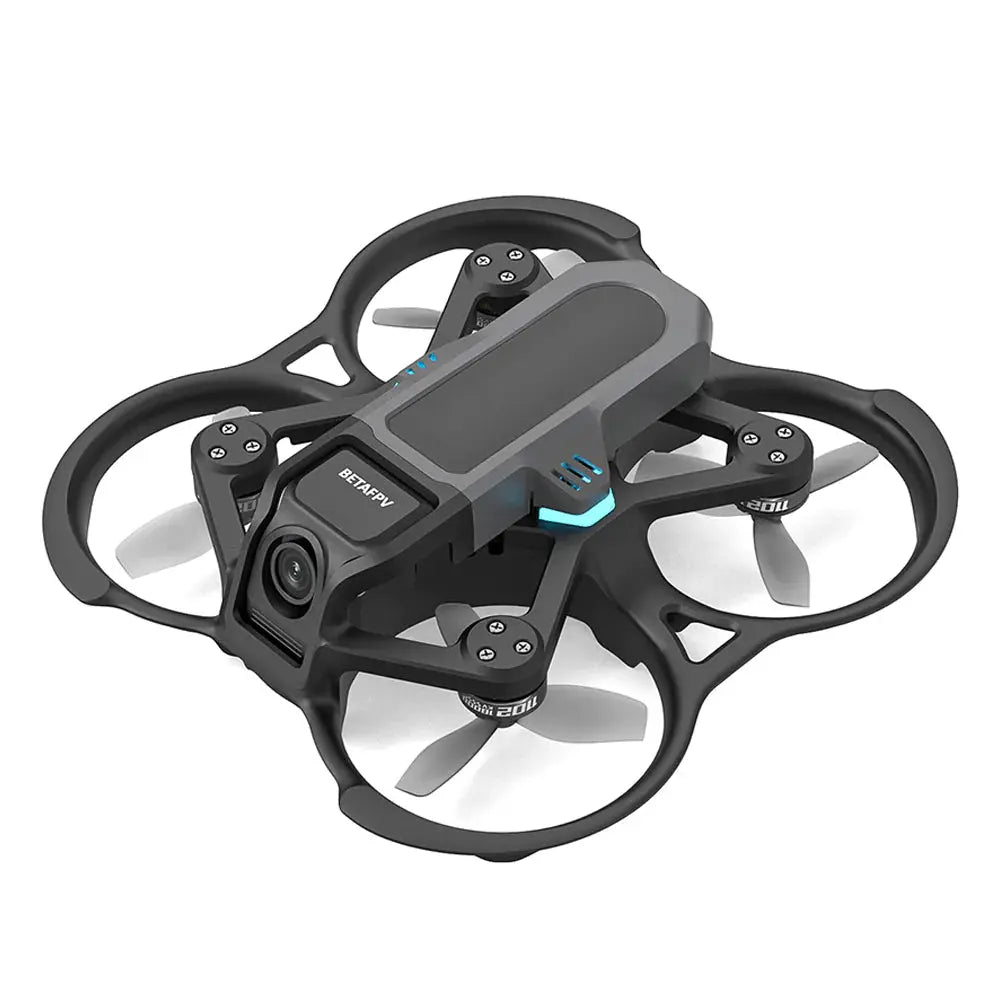Introduction
FPV (First Person View) drone flying has taken the world by storm in recent years, allowing enthusiasts to experience the thrill of flight from a completely new perspective. Whether you’re a beginner looking to dip your toes into the world of FPV drone flying or an experienced pilot looking to upgrade your equipment, finding the right FPV drone kit is essential. In this comprehensive guide, we’ll walk you through everything you need to know about FPV drone kits, from understanding the components to choosing the best kit for your needs.
Part 1: Understanding FPV Drone Kits
Level 1: What is an FPV Drone Kit?
An FPV drone kit is a package containing all the components necessary to build your own FPV drone, typically including a frame, motors, electronic speed controllers (ESCs), flight controller, camera, video transmitter, and antenna. Some kits may also include additional accessories such as batteries, propellers, and a radio transmitter.
Level 2: Why Choose an FPV Drone Kit?
Building your own FPV drone from a kit offers numerous benefits, including the ability to customize your drone to your exact specifications, gain a deeper understanding of how drones work, and potentially save money compared to buying a pre-built drone. Additionally, building your own drone can be a rewarding and educational experience.
Part 2: Components of an FPV Drone Kit
Level 1: Frame
The frame is the basic structure of the drone, providing support for all the other components. FPV drone frames come in various shapes and sizes, with different materials such as carbon fiber and aluminum. The choice of frame will impact the performance and agility of the drone.
Level 2: Motors and Electronic Speed Controllers (ESCs)
Motors and ESCs are responsible for propelling the drone and adjusting its speed and direction. These components come in various sizes and specifications, and their compatibility with each other and the frame is crucial for optimal performance.
Part 3: Choosing the Right FPV Drone Kit
Level 1: Researching and Comparing Options
When choosing an FPV drone kit, it’s important to research and compare different options to find the best fit for your needs. Consider factors such as your skill level, budget, intended use of the drone, and desired features.
Level 2: Customization and Upgradability
Look for a kit that offers the flexibility to customize and upgrade components as your skills and needs evolve. This will ensure that your drone can grow with you and adapt to new technologies and advancements in the FPV drone industry.
Part 4: Building and Assembling Your FPV Drone
Level 1: Step-by-Step Assembly
Building your FPV drone from a kit can be a complex and time-consuming process, but it’s also a rewarding experience. Follow the step-by-step instructions provided with the kit, and don’t hesitate to seek help from online communities or forums if you encounter any challenges.
Level 2: Testing and Calibration
Once your drone is assembled, it’s crucial to thoroughly test and calibrate each component to ensure proper functionality. This includes configuring the flight controller, checking motor and propeller alignment, and verifying the video transmission quality.
Part 5: Tips for FPV Drone Flying and Maintenance
Level 1: Piloting Skills and Safety Precautions
Before taking your FPV drone for a spin, it’s important to hone your piloting skills and familiarize yourself with local regulations and safety precautions. Start with simple maneuvers and gradually progress to more advanced flying techniques.
Level 2: Maintenance and Troubleshooting
Regular maintenance is essential for keeping your FPV drone in optimal condition. This includes checking for loose components, cleaning the drone and camera, and inspecting the battery and electronics. Additionally, familiarize yourself with common troubleshooting steps for addressing any issues that may arise during flight.
Part 6: The Importance of Quality Components in an FPV Drone Kit
When building your own FPV drone kit, it’s crucial to prioritize the quality of the components you choose. A high-quality FPV drone kit will include components such as motors, ESCs, flight controllers, and FPV camera systems that are designed for performance and durability.
Choosing high-quality components ensures that your FPV drone operates smoothly and efficiently, minimizing the risk of mid-air malfunctions or crashes. This is particularly important for FPV racing, where split-second decisions and precise movements are key to success. Quality components also contribute to the overall lifespan of your FPV drone, reducing the frequency of repairs and replacements.
Investing in quality components may come with a higher price tag, but the long-term benefits are well worth it. High-quality components offer better performance, reliability, and longevity, making them a cost-effective choice for serious FPV enthusiasts.
When shopping for a quality FPV drone kit, look for reputable brands and components that have been well-reviewed by the FPV community. Pay attention to specifications such as motor thrust, ESC amperage, flight controller capabilities, and camera resolution to ensure that each component meets your performance needs.
Ultimately, building an FPV drone kit with quality components will set you up for success in the world of FPV flying and racing. The peace of mind that comes with knowing your drone is built with reliable, high-performance components is invaluable, and will allow you to focus on honing your flying skills and pushing the limits of FPV flight.
Part 7: Customization Options with an FPV Drone Kit
One of the most exciting aspects of building your own FPV drone kit is the freedom to customize and personalize every aspect of your drone. From the frame and motors to the camera and video transmitter, the possibilities for customization are endless.
When you build an FPV drone kit, you have the flexibility to choose components that best suit your flying style, performance preferences, and aesthetic preferences. You can select a frame that offers the ideal balance of durability and weight, motors that provide the perfect combination of power and efficiency, and an FPV camera system that delivers the video quality and field of view you desire.
Customization also extends to the electronics and flight control systems in your FPV drone kit. You can select a flight controller with specific features and capabilities that cater to your flying style, and configure your ESCs and motor settings to optimize performance for your preferred flying conditions.
Additionally, building an FPV drone kit allows you to personalize the overall look and feel of your drone. You can choose a color scheme for your frame, add LED lighting for improved visibility during night flights, and even incorporate custom decals or paint jobs to give your drone a unique, personalized touch.
The ability to customize every aspect of your FPV drone kit not only allows you to create a drone that meets your specific performance and aesthetic preferences, but also provides a deeper sense of ownership and pride in your equipment. It’s an opportunity to truly make your drone your own, and to showcase your personality and creativity in the world of FPV flying.
Part 8: The Future of FPV Drone Kits
As the world of FPV flying and drone racing continues to grow and evolve, the future of FPV drone kits looks brighter than ever. Rapid advancements in drone technology, including improvements in aerodynamics, propulsion systems, and flight control algorithms, are driving the development of more capable, efficient, and versatile FPV drones.
In the coming years, we can expect to see FPV drone kit offerings that incorporate cutting-edge components and technologies, allowing enthusiasts to build drones with unprecedented performance and capabilities. This includes advancements in motor and propeller designs that deliver higher thrust and efficiency, flight controllers with more advanced stabilization and autonomous flight features, and FPV camera systems that offer higher resolutions and faster video transmission rates.
Another exciting trend in the future of FPV drone kits is the integration of artificial intelligence and machine learning algorithms into flight control systems. This could enable FPV drones to adapt and learn from the pilot’s flying style, environmental conditions, and obstacles to optimize performance and enhance the overall flying experience.
In addition to technological advancements, the future of FPV drone kits may also see improvements in ease of assembly and maintenance, making it even more accessible for enthusiasts to build and customize their own drones. Simplified wiring harnesses, modular components, and user-friendly interfaces could streamline the process of building and tuning FPV drone kits, allowing for a more seamless and enjoyable experience for builders of all skill levels.
Overall, the future of FPV drone kits holds promise for an exciting era of innovation and advancement in the world of FPV flying and drone racing. With improvements in technology, accessibility, and customization options, building and flying FPV drones is poised to become even more exhilarating, rewarding, and accessible for enthusiasts around the world.
Conclusion
Investing in an FPV drone kit offers a unique opportunity to build, customize, and fly your own personalized drone. By understanding the components, choosing the right kit, and following best practices for assembly and maintenance, you can embark on an exciting journey in the world of FPV drone flying. Whether you’re a hobbyist, a professional aerial photographer, or a competitive racer, the possibilities with FPV drones are endless.




